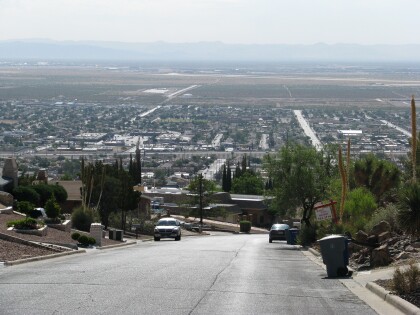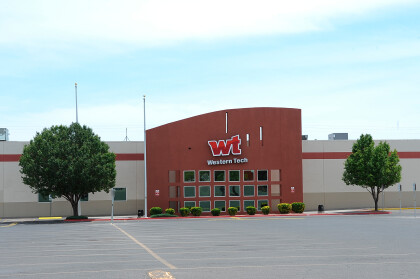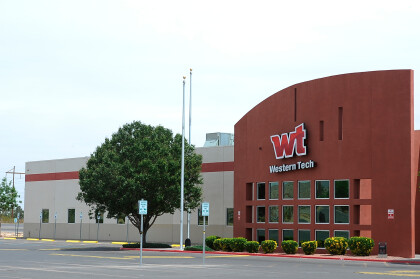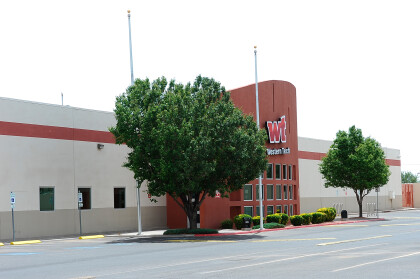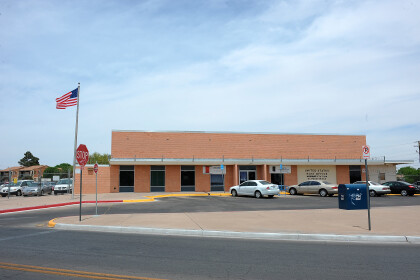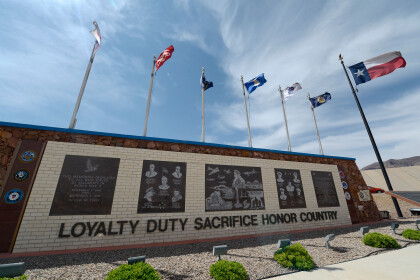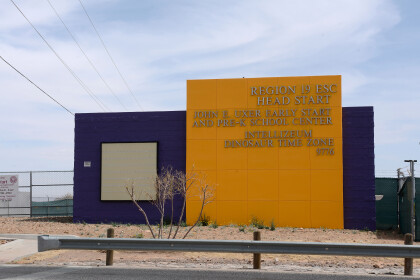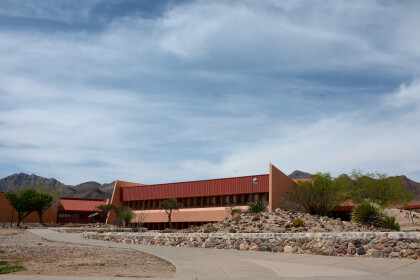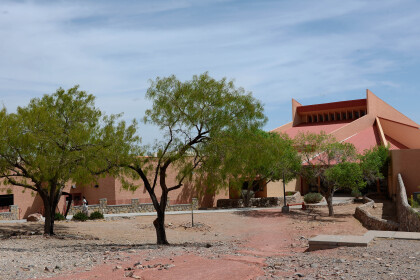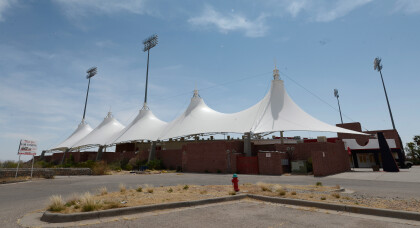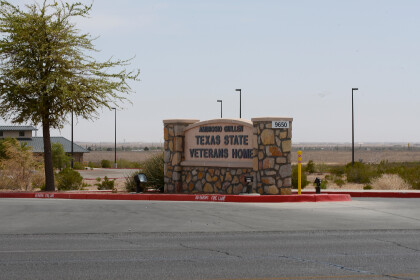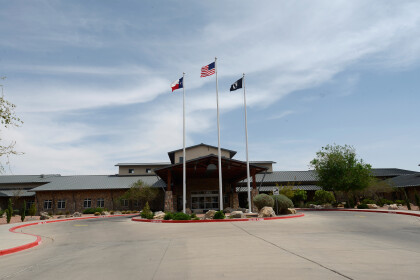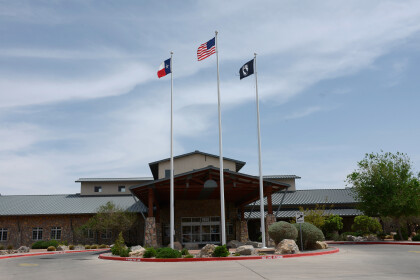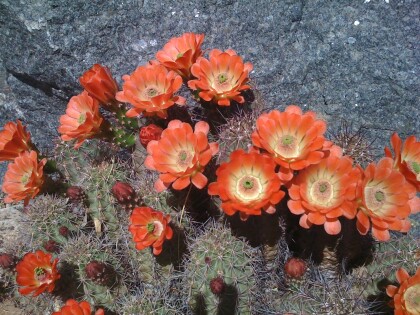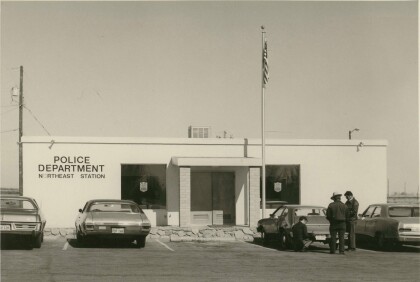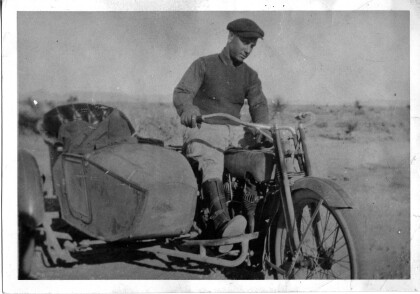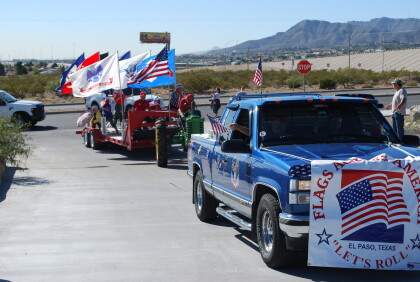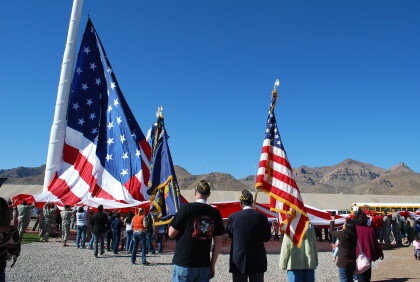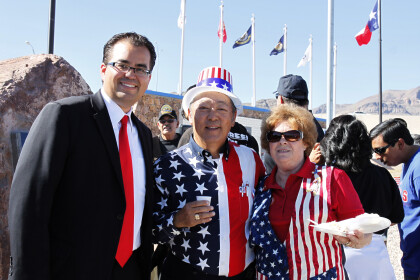The Tiguas - Poppies Fest - El Paso, Texas

The Tiguas - Poppies Fest - El Paso, Texas
Tiguas perform at the Poppies Fest - El Paso, Texas 2017. The Tigua called their ancestral home Pueblo Gran Quivera. Gran Quivera was north of El Paso in the Manzano Mountains southeast of Albuquerque. Manzano means Apple in Spanish so these are the Mountains of the apple. Gran Quivera was started about A D 800. By 1300 it was one of the largest Pueblos. The Spanish explorer Coronado was the first European to see Gran Quivera in 1539. The Spanish called Gran Quivera "Pueblo de los Humanas", which means "city of the humans". In the 1600s more Spanish came and founded missions and settlements in New Mexico around Gran Quivera. With the Spanish came diseases and epidemics that killed many of the Pueblo Indians including the Tigua of Gran Quivera. The Spanish also would take Pueblo Indians to act as slaves in their settlements. In the 1670s there was a bad drought that lasted several years. Food was in short supply. The population of Gran Quivera dwindled and got smaller and smaller. By 1675 they were desperate so they left. They went south to the Rio Grande River near modern El Paso. They settled there and started farming. Some of the Tigua went north to live with their close relatives at Isleta Pueblo. The Isleta Puebloans spoke Tiwa like the Tigua. Gran Quivera was left abandoned. The ruins are still there and are protected by the National Park Service. n 1680 all the Pueblo Indians revolted against the Spanish. They drove the Spanish out of New Mexico and down to El Paso. In 1681 Spanish came back and attacked Isleta Pueblo. Many of the Isleta Puebloans managed to run away and escape. But, the Spanish captured many of them. The Spanish forced these Isleta Pueblo prisoners to come with them to El Paso. These were both Isleta Puebloans and Tiguas. The Isleta Indians who ran away did come back to their Pueblo and made peace with the Spanish. Isleta Pueblo is still there today and the Isleta Pueblos still live there on a reservation. In 1682 the Tigua and Isleta near El Paso founded Ysleta. Ysleta is a different way of spelling Isleta. They did this to avoid confusion with Isleta. By this time they had become Christians and they built a mission church at Ysleta. The Ysleta mission is the oldest church in Texas and the oldest mission in Texas. The Spanish King gave them a grant of land around their Pueblo. This gave them title to the land. The Ysleta mission and the Pueblo were right next to the expanding town of El Paso. Eventually the Tigua were living as a suburb of El Paso. The still live there today. Their neighborhood is called in Spanish "El barrio de los Indians". After the Americans took over in 1848 of crooked land speculators stole much of the Tigua land from them. The State of Texas ignored the Tigua's Spanish land grant and title to the land. www.TexasIndians.com Much of present day El Paso is built on land taken from the Tigua. This left the Tigua very poor. Only the land around the Ysleta mission and their houses was still theirs. http://www.texasindians.com/tigua.htm
Reportar esta entrada
Más sobre la misma comunidad-colección
William Haddad Memorial - El Paso, Texas
William Haddad Memorial - El Paso, Texas A wall will be named ...
William Haddad Memorial - El Paso, Texas
William Haddad Memorial - El Paso, Texas A wall will be named ...
Estadio Cohen - El Paso, Tejas
Andy and Syd Cohen were both famous baseball players and coaches ...
El Paso Police Northeast Sub-Station - 1977
Opened in the year 1977. Image shows officers at Police ...
Scotty Halverson and motorcycle, about WW I
Scotty Halverson came to El Paso as a soldier during World War ...
Northeast Veterans Day Parade Nov 11, 2010 - El Paso, Texas
Flags Across America Truck driven by Don & Mary Coro, follow ...
Ft Bliss Soldiers/Community Raised 5,000 Square Foot Flag
Army Soldiers from 11th ADA from Fort Bliss and the Northeast ...
Texas State Rep Joe Moody at Northeast Veterans Day Ceremony
Texas State Representative Joe Moody, Jimmy Melver and Donna ...
